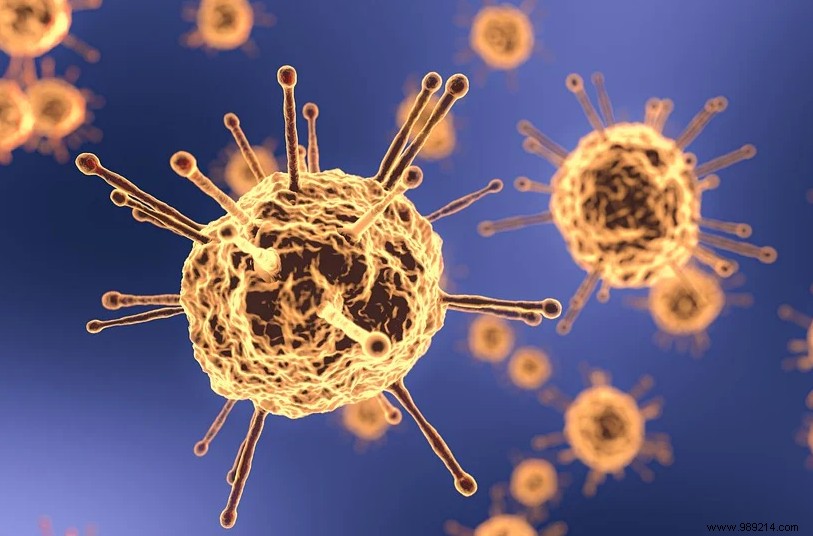A team of researchers announces that they have identified an "overlapping gene" in the SARS-CoV-2 genome. The structure could contribute to its unique biology and pandemic potential. Details of the study are published in the journal eLife .
The newly identified gene - called ORF3d - is an example of what geneticists call an "overlapping gene", which overlaps partially or completely with another gene, expressing a protein different from the latter. These structures are difficult to identify in genetic sequences, since genome scanning systems, tasked with scanning strings of genetic code, are not programmed to isolate them.
This ad is not "amazing" per se. RNA viruses are indeed prone to harbor overlapping genes due to their high mutation rate. Because of this, they seek to keep their gene count low to avoid a large number of mutations. As a result, they are developing a sort of "data compression system" in which one letter of the genome can contribute two or even three different genes.
That said, discovery is important. In a virus that has about 15 genes, better understanding its genomic structure could have a significant impact on how we fight the pathogen.
"Overlapping genes may be one of the many ways coronaviruses have evolved to efficiently replicate, thwart host immunity, or to transmit “, explains Chase Nelson, of Academia Sinica in Taiwan and lead author of the study. “Knowing that these genes exist and how they work may reveal new pathways for the control of coronaviruses, for example through antiviral drugs “.

As for ORF3d, there is still a lot to learn about why it is there. "We don't yet know its function or if there is any clinical significance “, continues Chase Nelson. By browsing through genomic databases, the researchers still discovered that the gene had already been identified, but only in a variant of the coronavirus that affects pangolins (found in Guangxi, China).
We also know that it was previously misclassified as an unrelated gene – ORF3b – present in other coronaviruses, including SARS-CoV-2. In fact, "ORF3d and ORF3b are unrelated and encode entirely different proteins “, continues the researcher. “This means that our knowledge of SARS-CoV ORF3b should not be applied to SARS-CoV-2 ORF3d “.
Finally, based on previous blood tests performed on human COVID-19 patients, it appears that ORF3d elicits a strong antibody response . This shows that the protein for this "mysterious" new gene is produced when SARS-CoV-2 infects humans.
For now that's all we know. Research will now continue with the aim of better understanding the genomic structure of this virus. In this way, we could then develop other ways to protect against it.